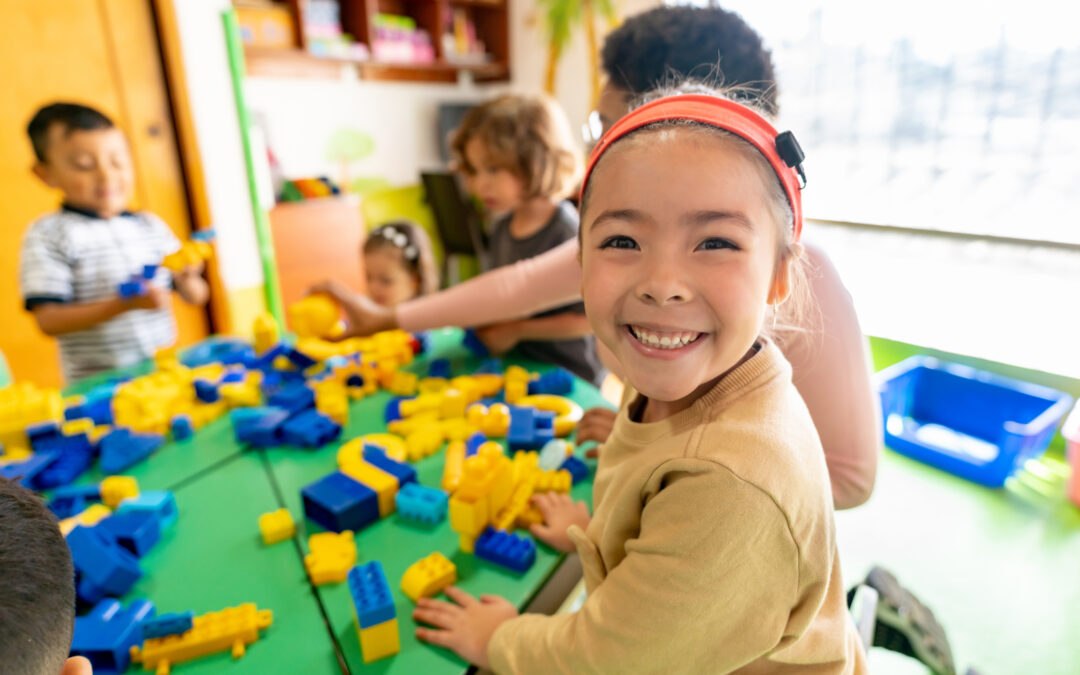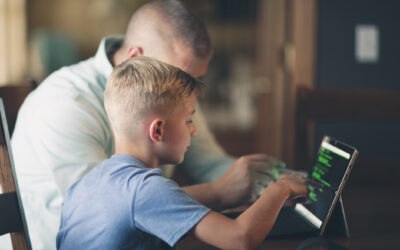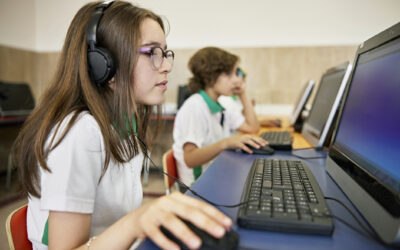Examples of How Students Already Apply Computational Thinking in Everyday Life
Computational thinking is a valuable problem-solving skill for students and adults alike. Although computational thinking has the misconception of primarily involving technology or coding, it is applied in almost all areas of life—often without individuals recognizing they’re doing so. By showing students how they may already be effectively using computational thinking in their everyday lives, teachers can empower students to identify future opportunities for effective computational thinking and problem solving in everyday life.
In this article, we discuss examples of how students may already be effectively using computational thinking in their everyday lives.
1. Solving Puzzles or Playing Games
Whether they recognize it or not, most students utilize computational thinking when they are solving puzzles or playing games. For instance, children learn early how to put jigsaw puzzles together by analyzing the shapes and patterns on pieces. Eventually, children also develop a step-by-step process for solving puzzles faster and more effectively; for instance, finding corner pieces, filling in edge pieces then matching up the colors and patterns of different areas of the puzzle.
The same applies to puzzles such as sudoku or Rubik’s Cubes as well as strategy-based games such as Zelda, ROBLOX or Minecraft.
“My 10-year-old loves Mancala and she is exceptional at it. She has broken down the process into repeatable steps based on whether she gets the first move or second move, as well as a mental ‘checklist’ for analyzing and determining the most effective next moves. She’s basically used computational thinking to remove the need for extraneous strategy conceptualization from every game, instead applying a repeatable strategy that increases efficacy and efficiency during gameplay.” -Mikelle D.
2. Building with Legos or Blocks
Many children enjoy constructing with Lego bricks, magnetic tiles or other building toys. These, too, are everyday life examples of computational thinking students may already be using without knowing it. Constructing something using these toy building materials takes planning, designing and problem solving. Students use computational thinking not only in the conceptualization and building phase, but also in troubleshooting their designs.
3. Math Problems
Whether solving math problems on a worksheet or in a textbook or implementing math problem solving in real life, students are already using computational thinking to solve math equations, often without recognizing it. Solving math problems, especially word problems, requires children to use computational thinking to identify the problem, break it down into steps then apply mathematical operations to find a solution.
4. Science Experiments
Science experiments are another example of how students apply computational thinking in their everyday life. We know that the scientific method requires a series of steps—formulating a hypothesis, designing an experiment, collecting data and drawing conclusions. What students might not realize is that the scientific process is an example of computational thinking in real life. In addition, they likely implement this process without realizing it during everyday life, such as when problem solving, exploring a new idea, innovating or troubleshooting.
5. Creative and Academic Writing
Students also use computational thinking in writing, whether creative writing for fun or academic writing for class. Storytelling, for example, requires a child to organize ideas, structure narratives, and think critically about cause-and-effect relationships. Academic writing includes similar organization and structuring as well as critical thinking.
6. Art and Design
While computational thinking is typically considered a digital or technology-based skill, even creative and artistic-minded students can find they use computational thinking in everyday life. For instance, in the beginning stages of drawing or painting, a student will plan designs and layouts for their creations. They’ll make decisions related to colors and shapes, as well as problem-solving as their design continues to progress. All these steps are part of the computational thinking process.
7. Solving Everyday Problems
Whether they recognize it or not, most students are already using computational thinking to solve problems they encounter in their everyday lives. Younger students may recognize computational thinking in how they organize their toys or share with a friend or family member. Older students may recognize this process in how they plan or execute a bike route, organize their schedule, complete homework, set goals or solve real-life problems.
Final Thoughts
By teaching students to identify areas where they already use computational thinking in their lives, teachers can make computational thinking more relatable, showing how it not only benefits students in current life but also in school, future careers, and life in general. This important step in teaching computational thinking empowers students to more conscientiously identify opportunities to utilize computational thinking in the future and to effectively implement the computational thinking process.
Learn more about computational thinking in the classroom or explore how EasyTech can help students master critical computational skills in an easy-to-implement online learning platform.

Learning.com Team
Staff Writers
Founded in 1999, Learning.com provides educators with solutions to prepare their students with critical digital skills. Our web-based curriculum for grades K-12 engages students as they learn keyboarding, online safety, applied productivity tools, computational thinking, coding and more.
Further Reading
Understanding Proclamation 2024 and the TA-TEKS
Understanding Proclamation 2024 and the TA-TEKS In 2024, Texas introduced Proclamation 2024 to begin the process of adopting new instructional...
Guide to Teaching Algorithms in Computer Programming for K-12 Students
Algorithms are the heart of computer programming, providing the step-by-step instructions that computers follow to perform tasks and solve problems....
Planning Digital Literacy Assessment: A Simplified Approach
As educators know, assessments are critical to the learning process. They provide beneficial self-checks to students, informative results to...




